Sterile Light and Toxic Fright: A Look at the CFL Myths
Today, CFLs have become extremely advanced and have compensated for most of the shortcomings that wounded the technology’s early reputation. Gone are the magnetic ballasts that flickered and the ice-cold light that was nearly headache inducing. In their place are electronic ballasts and an entire range of color temperatures to choose from. Furthermore, many people are under the impression that CFLs come only in twist or mini-twist versions which, if somewhat exposed can look rather unappealing. They often do not realize that CFLs come in any style that incandescent bulbs do. There are CFL candelabras, globes, PAR cans, A-shape, bullet, MR16 and other shapes.
Another perceived problem of the CFL is its mercury content, and the bulb’s potential toxicity if broken. Most CFLs contain between 3-5miligrams (mg) while some have as little as 1mg. Mercury is a neurotoxin and it is obviously best to have as little contact with it as possible, however, if a CFL is to break it is by no means disastrous. Most environmental agencies and CFL manufacturers instruct you to open a window or circulate the air in the room and vacuum up the glass and bulb fragments. You should obviously take care that you avoid touching the broken bulb with your hand directly. Despite these precautions, the short duration of your exposure to mercury and the small amount of makes it extremely unlikely that a broken CFL would be harmful. You should also consider that though CFLs contain mercury, power-plants also produce mercury as a byproduct, and by using energy efficient bulbs you are cutting down on the amount of energy power plants produce and how much mercury they produce.
CFLs are great and they are only getting better and greener. They have great quality light, come in many styles, and are safe to use. BulbAmerica has CFLs in all shapes and sizes so check us out, we’ve got what you need!






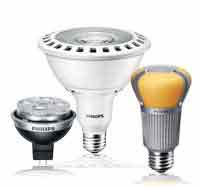
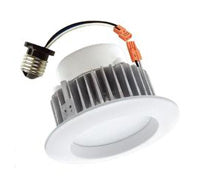

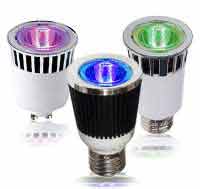


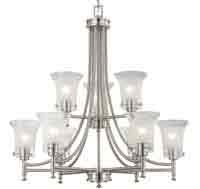
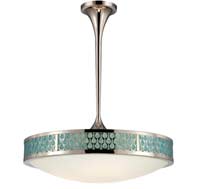




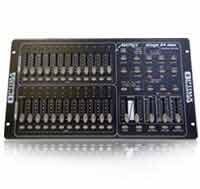






Comments